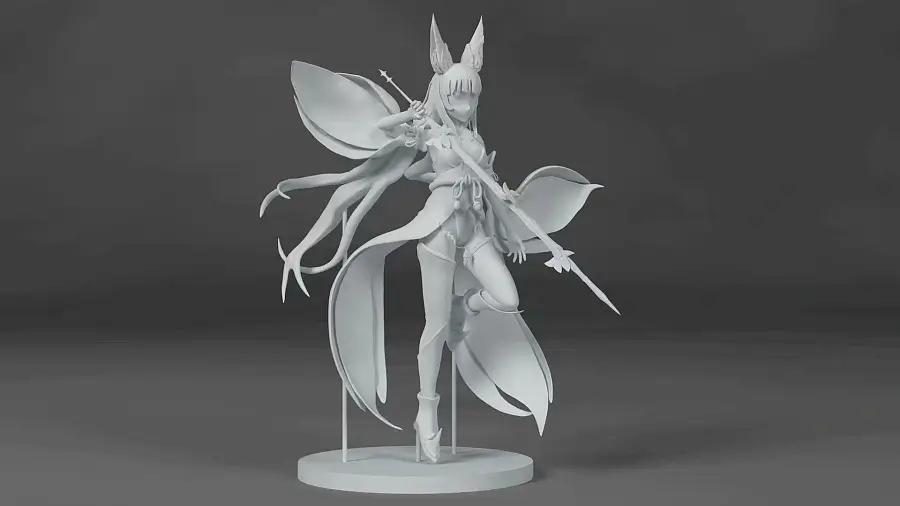FDM 3D printers are well-suited for basic proof-of-concept models, as well as quick and low-cost prototyping of simple parts, such as parts that might typically be machined.
Many different industries choose to use FDM 3D printing. Industries including automotive and a wide range of consumer goods manufacturers. They use FDM because it helps to aid their product development, their prototyping and their manufacturing process.
The most common FDM 3D printing materials are PLA, PETG, ABS, TPU and their various blends. More advanced FDM printers can also print with other specialized materials that offer properties like higher heat resistance, impact resistance, chemical resistance, and rigidity.
FDM/FFF is simple, cost efficient and the right choice for many hobby applications. PLA and ABS are by far the most used materials in FDM/FFF 3D printing. ABS is heat-resistant and strong, while PLA, an organic compound, allows more detailed prints.
In conclusion, FDM 3d printers are widely used in education, home decoration, prototyping(industrial samples), toys production, architectural model, makers’ creative inspiration into reality, etc.
For Education:
It is a great way to engage children in active, hands-on learning. They real-world STEAM skills like critical thinking, problem-solving, creativity, and innovation. Kids can work together as they expand their imaginative thinking and teamwork skills.

For Home Decoration
Thanks to 3D printing, decorating your home is easier and more affordable than ever. You can print cute vases for flowers, living room lamps and overhead lights, and even functional prints that help keep things organized and stylish.
No matter your personal style, there are prints out there to match! But how can makers sort through the many websites and STL files to find the most popular, coolest, and easiest designs to print.
.webp)
For prototyping(industrial samples)
Engineers, designers, startups and established businesses can use 3D printing to work through their prototype development cycle. From basic look-and-feel models to bespoke custom parts for R&D or later-stage product testing, custom tooling and even end-use parts or large assemblies, 3D printing offers a variety of solutions.

For Architectural Model
3D printing allows you to be more flexible with your models. If the client requests a change, you can simply edit the file, share it with colleagues and re-print the object. If you need a second scale model you can simply print it again. That's the beauty of 3D modeling and 3D printing – you are always in full control.

For Anime Figures
The use of 3D printing to manufacture figures is fast and efficient, and the character of the figure has high precision and good texture. The overall cost is lower. Compared with open mold and pure hand-made, 3D printing is not only efficient but also lower in cost.

Is there any other application areas for FDM 3D printers? Welcome to let us know.



(1)-ZI1.webp)







